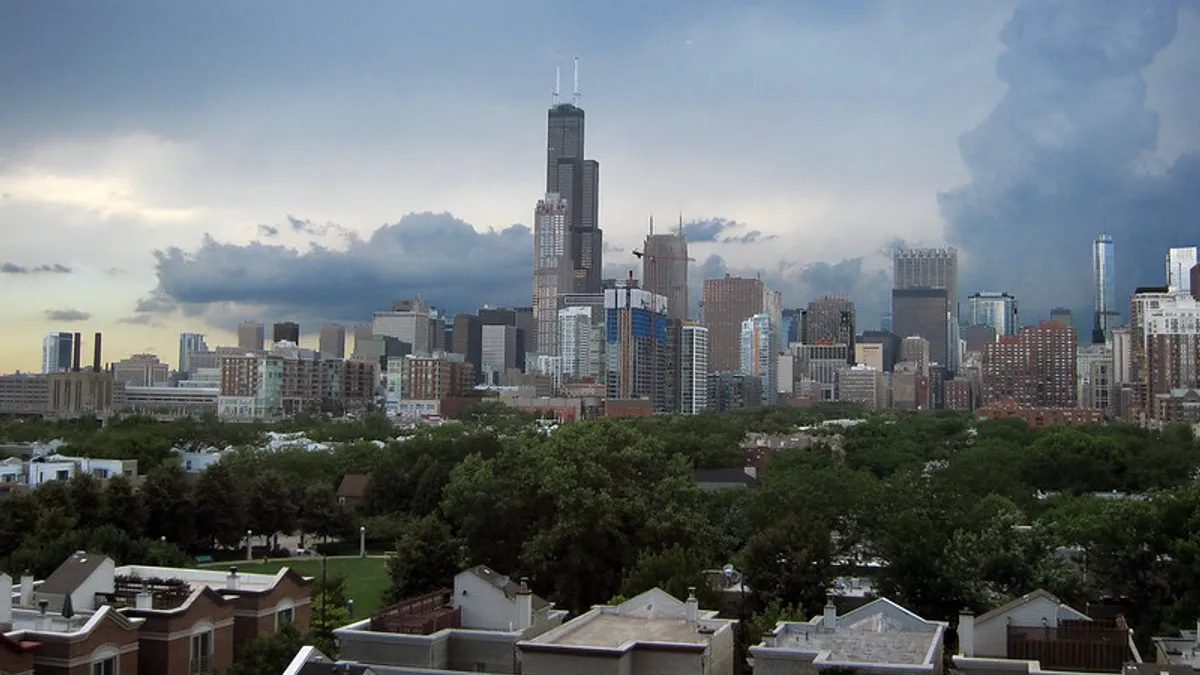UPDATE: Jan. 27, 2021: Chicago Public Schools and the Chicago Teachers Union failed to reach a deal by the Wednesday deadline, resulting in a return to remote learning for the 3,200 pre-kindergarten and special education students who had already returned to in-person classes. The union has called for a mediator to help resolve differences that include vaccination timelines, surveillance testing of school staff, and accomodations for teachers for health and family reasons, Chalkbeat reports. Adding to tensions, disciplinary action against teachers could still result in a strike that would cancel classes for 340,000 students.
Dive Brief:
- Members of the Chicago Teachers Union voted this weekend to continue teaching remotely Monday in a move that disrupts Chicago Public Schools’ reopening plan, the Chicago Sun-Times reports.
- As a result, the district will delay its plan until Wednesday to allow time to resolve differences without disrupting learning.
- The union said if no deal is reached or teachers are barred from remote work, it would “officially” strike, according to the Sun-Times.
Dive Insight:
Tensions between the union and district escalated last week, resulting in a union-wide vote on a resolution that passed the organization’s 700-member House of Delegates with 84% approval. The resolution would see members pledge to continue teaching remotely while refusing an in-person return until a written agreement on safe working conditions is reached with the district.
CPS, which has planned to bring back around 70,000 K-8 students on Feb. 1, had previously warned such a walkout would amount to an “illegal strike.” Initial data from the district issued the week of Jan. 11 showed 678 educators didn’t return the first day schools were reopened for pre-K and special education students.
The district had previously taken steps including locking non-returning teachers out of remote learning platforms and threatening to dock pay if they didn’t return.
The Chicago impasse comes as proposals to return to in-person school nationwide are met with mixed feelings from many in school communities.
As detailed in our ongoing tracker of the COVID-19 pandemic's impact on K-12, it's widely understood that most students see greater benefit from in-person learning and many are suffering from the lack of both social and academic ties. But as the pandemic persists and vaccination efforts hit bumps in the road, educators — an estimated quarter of whom are at high-risk due to age or comorbidities, or are taking care of someone in a high-risk group — are also concerned about risks to themselves and their families.













